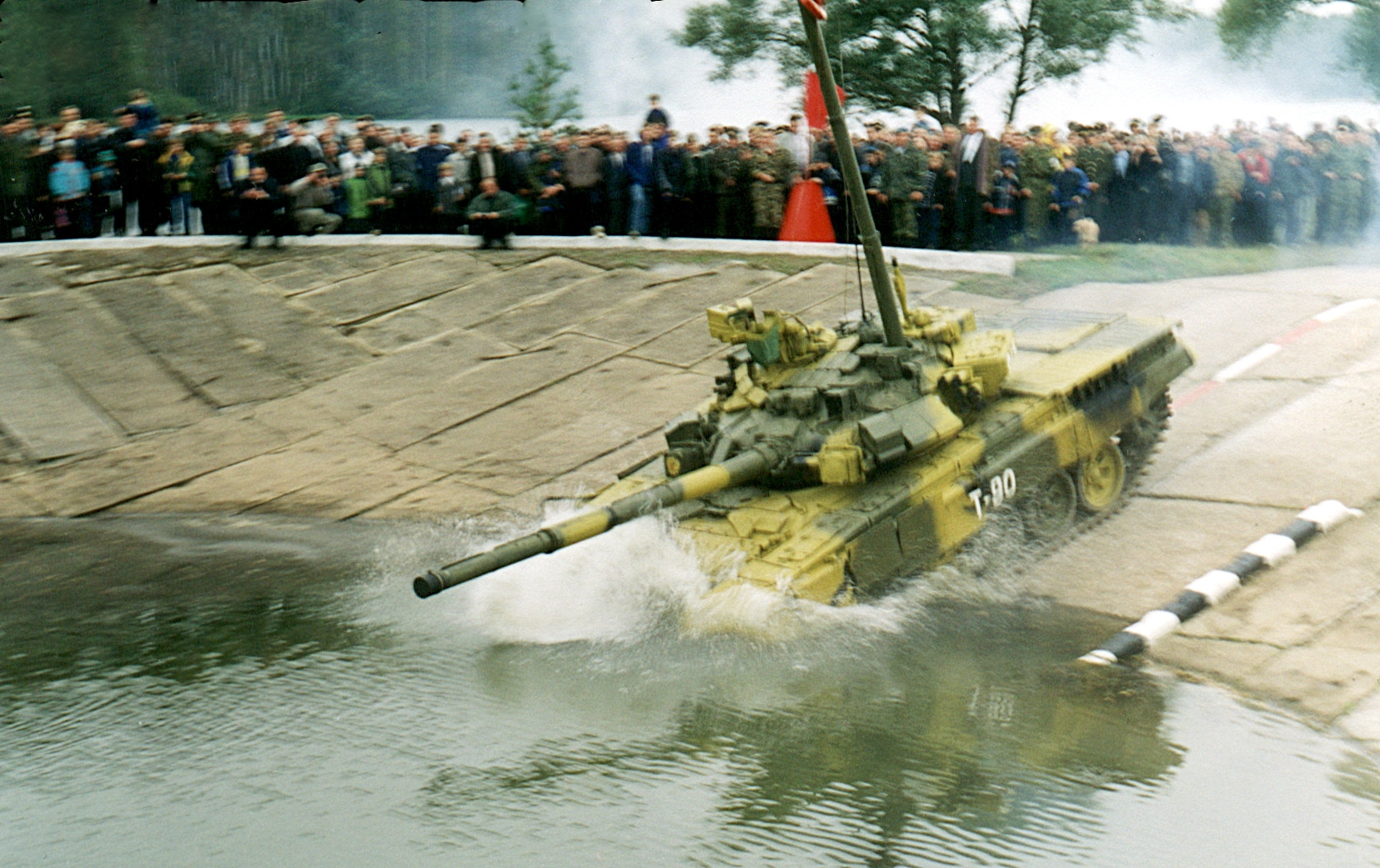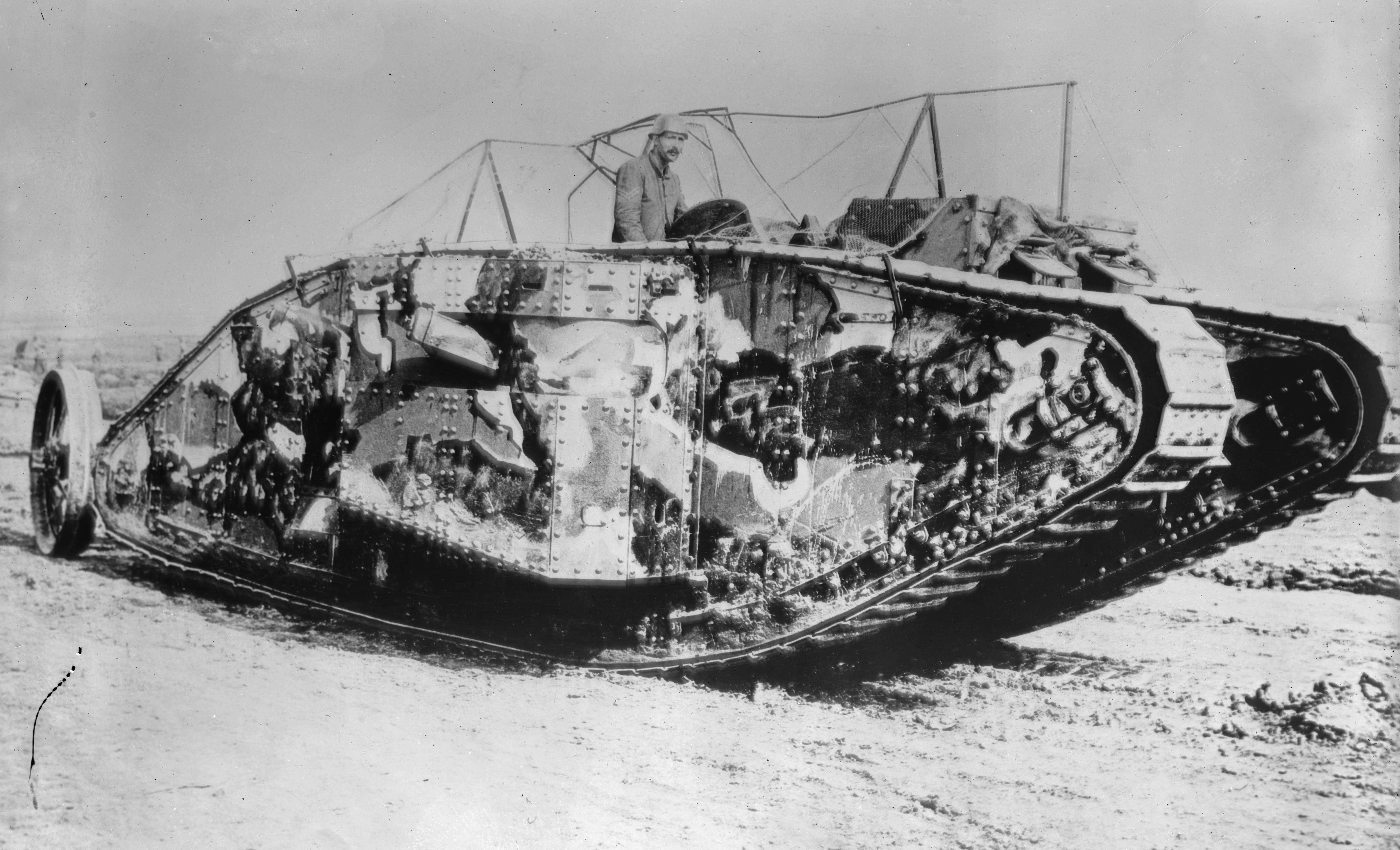|
Shtora
Shtora-1 (, "curtain") is an electro-optical active protection system or suite for tanks, designed to disrupt the laser designator and laser rangefinders of incoming anti-tank guided missiles (ATGMs). The system is mounted on the Russian T-80 and T-90 series tanks and the Ukrainian T-84. The existence of ''Shtora'' was revealed in 1980 by spy Adolf Tolkachev.'' The Billion Dollar Spy: A True Story of Cold War Espionage and Betrayal'', David E. Hoffman, location 3142, Kindle edition. Description Shtora-1 is an electro-optical jammer that disrupts semiautomatic command to line of sight (SACLOS) ATGMs, laser rangefinders and target designators. Shtora-1 is a soft kill countermeasure system. The system was shown fitted to a Russian main battle tank during the International Defense Exposition, held in Abu Dhabi in 1995. The first known application of the system is the Russian T-90 main battle tank, which entered service in the Russian Army in 1993. It is also available on the BM ... [...More Info...] [...Related Items...] OR: [Wikipedia] [Google] [Baidu] |
T-90
The T-90 is a third-generation Russian main battle tank developed from, and designed to replace the T-72. It uses a 125mm 2A46 smoothbore main gun, the 1A45T fire-control system, an upgraded engine, and gunner's thermal sight. Standard protective measures include a blend of steel and composite armour, smoke grenade dischargers, Kontakt-5 explosive reactive armour (ERA) and the Shtora infrared anti-tank guided missile (ATGM) jamming system. The T-90 was designed and built by Uralvagonzavod, in Nizhny Tagil, Russia. It entered service with the Russian army in 1992. Development The T-90 has its origins in a Soviet-era program aimed at developing a replacement for the T-64, T-72 and T-80 series of main battle tanks (MBT). The T-72 platform was selected as the basis for the new generation of tank owing to its cost-effectiveness, simplicity and automotive qualities. The Kartsev-Venediktov Design Bureau from Nizhny Tagil was responsible for the design work and prepared tw ... [...More Info...] [...Related Items...] OR: [Wikipedia] [Google] [Baidu] |
T-80
The T-80 is a main battle tank (MBT) that was designed and manufactured in the former Soviet Union and manufactured in Russia. The T-80 is based on the T-64, while incorporating features from the later T-72 and changing the engine to a gas turbine. When it entered service in 1976, it was the first production tank to be powered solely by turbine. The chief designer of the T-80 was Soviet engineer Nikolay Popov. The T-80U was last produced in 2001 in a factory in Omsk, Russia. In 2023, the CEO of Uralvagonzavod announced that production would restart. The Ukrainian T-80UD diesel engine variant continued to be produced in Ukraine. The T80 and its variants are in service in Belarus, Cyprus, Egypt, Kazakhstan, Pakistan, Russia, South Korea, Ukraine and Uzbekistan. Ukraine further developed the T80UD as the T-84, T84. History Development The project to build the first Soviet turbine powered tank began in 1949. Its designer was A. Ch. Starostienko, who worked at the Leningrad Kiro ... [...More Info...] [...Related Items...] OR: [Wikipedia] [Google] [Baidu] |
BMP-3
The BMP-3 is a Soviet and Russian infantry fighting vehicle, successor to the BMP-1 and BMP-2. The abbreviation BMP stands for ''Boevaya Mashina Pekhoty'' (, literally "infantry combat vehicle"). Production history The design of the BMP-3 ('' Obyekt'' 688M) can be traced back to the ''Obyekt'' 685 light tank prototype with an 2A48-1 100 mm gun from 1975.Zaloga, Steven J., Hull, Andrew W. and Markov, David R. (1999). ''Soviet/Russian Armor and Artillery Design Practices: 1945 to Present''. Darlington Productions. The prototype did not enter series production, but the chassis, with a new engine, was used for the next-generation infantry combat vehicle ''Obyekt'' 688 from A. Blagonravov's design bureau. The Ob. 688's original weapon configuration consisting of an externally mounted Shipunov 2A42 30 mm autocannon, a 7.62 mm PKT machine gun and twin ''9M113 Konkurs'' ATGM launcher was rejected; instead, the new 2K23 armament system was selected. The resulting BMP-3 ... [...More Info...] [...Related Items...] OR: [Wikipedia] [Google] [Baidu] |
Active Protection System
An active protection system (APS) is a system designed to actively prevent certain anti-tank weapons from destroying a vehicle. Countermeasures that either conceal the vehicle from or disrupt the guidance of an incoming guided missile threat are designated soft-kill active protection measures. Countermeasures that physically strike an incoming threat to damage or destroy it and thereby limit its ability to penetrate armor are designated hard-kill active protection measures. Soft-kill measures Soft-kill measures are designed to defeat guided weapons either by concealing the protected vehicle from them (for example, with a smoke screen) or by disrupting their guidance with radiation (for example, with a Dazzler (weapon), dazzler). Some systems use laser dazzlers to blind the operator or sensors of semi-automatic command to line of sight (SACLOS) anti-tank guided missiles (ATGMs), such as the JD-3 of the Type 99 tank. Others use powerful infrared emitters to mask the IR tracking flar ... [...More Info...] [...Related Items...] OR: [Wikipedia] [Google] [Baidu] |
Tank
A tank is an armoured fighting vehicle intended as a primary offensive weapon in front-line ground combat. Tank designs are a balance of heavy firepower, strong armour, and battlefield mobility provided by tracks and a powerful engine; their main armament is often mounted within a turret. They are a mainstay of modern 20th and 21st century ground forces and a key part of combined arms combat. Modern tanks are versatile mobile land weapons platforms whose main armament is a large- calibre tank gun mounted in a rotating gun turret, supplemented by machine guns or other ranged weapons such as anti-tank guided missiles or rocket launchers. They have heavy vehicle armour which provides protection for the crew, the vehicle's munition storage, fuel tank and propulsion systems. The use of tracks rather than wheels provides improved operational mobility which allows the tank to overcome rugged terrain and adverse conditions such as mud and ice/snow better than wheele ... [...More Info...] [...Related Items...] OR: [Wikipedia] [Google] [Baidu] |
T-84
The T-84 is a Ukraine, Ukrainian main battle tank (MBT), based on the Soviet Union, Soviet T-80 MBT introduced in 1976, specifically the diesel engine version: T-80UD. The T-84 was first built in 1994 and entered service in the Ukrainian Armed Forces in 1999. Its high-performance opposed-piston engine makes it a fast tank, comparable to other modern MBTs with a power-to-weight ratio of about 26 horsepower per tonne (19 kilowatt, kW/t). The T-84 Oplot is an advanced version incorporating an armoured ammunition compartment in a new turret bustle. Ten of these entered Ukrainian service in 2001. The T-84-120 Yatagan is a prototype model intended for export, mounting a 120 mm gun able to fire 120×570mm NATO, NATO-standard tank ammunition and anti-tank guided missiles. Development history After the adoption of the T-80 tank, the Soviets began improving its design. The disadvantages of the gas turbine, gas-turbine engine were readily apparent, and so several design projects ... [...More Info...] [...Related Items...] OR: [Wikipedia] [Google] [Baidu] |
SACLOS
Semi-automatic command to line of sight (SACLOS) is a method of missile command guidance. In SACLOS, the operator must continually point a sighting device at the target while the missile is in flight. Electronics in the sighting device and/or the missile then guide it to the target. Many SACLOS weapons are based on an infrared seeker aligned with the operator's gunsight or sighting telescope. The seeker tracks the missile, either the hot exhaust from its rocket motor or flares attached to the missile airframe, and measures the angle between the missile and the centerline of the operator's sights. This signal is sent to the missile, often using thin metal wires or a radio link, which causes it to steer back toward the center of the line-of-sight. Common examples of these weapons include the BGM-71 TOW wire-guided anti-tank guided missile (ATGM) and the Rapier radio-command surface-to-air missile (SAM). Another class of SACLOS weapons is based on the beam riding principle ... [...More Info...] [...Related Items...] OR: [Wikipedia] [Google] [Baidu] |
Main Battle Tank
A main battle tank (MBT), also known as a battle tank or universal tank or simply tank,Ogorkiewicz 2018 p222 is a tank that fills the role of armour-protected direct fire and maneuver in many modern armies. Cold War-era development of more powerful engines, better suspension systems and lighter composite armour allowed for the design of a tank that had the firepower of a super-heavy tank, the armour protection of a heavy tank, and the mobility of a light tank, in a package with the weight of a medium tank. The first ''designated'' MBT was the British Chieftain (tank), Chieftain tank, which during its development in the 1950s was re-designed as an MBT. Throughout the 1960s and 1970s, the MBT replaced almost all other types of tanks, leaving only some specialist roles to be filled by lighter designs or other types of armoured fighting vehicles. Main battle tanks are a key component of modern armies.Main battle tank#House1984, House (1984), ''Toward Combined Arms Warfare: A Surve ... [...More Info...] [...Related Items...] OR: [Wikipedia] [Google] [Baidu] |
Laser Warning System
A laser warning receiver is a warning system used as a passive military defence. It detects, analyzes, and locates directions of laser emissionsPDF version4.53 MB) from laser guidance systems and laser rangefinders. Then it alerts the crew and can start various countermeasures, like smoke screen, aerosol screen (e.g. Shtora), active laser self-defence weapon with laser dazzler (LSDW, used on the Chinese Type 99 main battle tank), laser jammer, etc. Detectors used in LWR are usually based on a semiconductor photodetector array, which is typically cryogenically or thermal-electric cooled. Sometimes avalanche photodiodes (APD), photoconductivity, photoelectromagnetic, or photodiffusion devices are used even without cooling. Some devices detect only the main beam of foreign lasers while others detect even scattered rays. Produced by * NERO Industry * ASELSAN * BAE Systems * Thales Optronics * Elbit Systems * Global Industrial Defence Solutions * PentaTec * Hensoldt Models So ... [...More Info...] [...Related Items...] OR: [Wikipedia] [Google] [Baidu] |
Anti-tank Guided Missile
An anti-tank guided missile (ATGM), anti-tank missile, anti-tank guided weapon (ATGW) or anti-armor guided weapon is a guided missile primarily designed to hit and destroy heavily armored military vehicles. ATGMs range in size from shoulder-launched weapons, which can be transported by a single soldier, to larger tripod-mounted weapons, which require a squad or team to transport and fire, to vehicle and aircraft mounted missile systems. Earlier man-portable anti-tank weapons, like anti-tank rifles and magnetic anti-tank mines, generally had very short range, sometimes on the order of metres or tens of metres. Rocket-propelled high-explosive anti-tank (HEAT) systems appeared in World War II and extended range to the order of hundreds of metres, but accuracy was low and hitting targets at these ranges was largely a matter of luck. It was the combination of rocket propulsion and remote wire guidance that made the ATGM much more effective than these earlier weapons, and ga ... [...More Info...] [...Related Items...] OR: [Wikipedia] [Google] [Baidu] |







